The world's first liquid oxygen, liquid methane carrier rocket blasted off Wednesday morning from the Jiuquan Satellite Launch Center in Northwest China's Gansu Province, flying a sample payload into orbit.
Developed by LandSpace, a Chinese privately-owned aerospace company, the successful launch of the ZQ-2 Y2, as it is code-named, marked a breakthrough in the quest of finding a new-type low-cost liquid propellant for carrier rockets in China.
The ZQ-2 Y2 blasted off into space at 9 am on Wednesday, making its second flight. The rocket completed its flight procedure and accomplished its mission, according to LandSpace.
As the flight hit 765 seconds, loud applause was heard inside the central control room. The payload successfully entered designated orbit, the Global Times learned. Rocket scientists were hugging and congratulating each other, many investors were seen crying with joy.
The rocket is capable of placing a 1.5-ton satellite into a typical sun-synchronous orbit at about 500 kilometers above the Earth. Later models could ultimately increase the payload to four tons, according to the company.
The rocket's engine uses propellant made of liquid oxygen and liquid methane, and is therefore more environmentally friendly, reducing required cleaning time from almost two weeks to several hours - a feature vital to much-coveted reusable rocket technology and low-cost launch.
The domestically developed ZQ-2 Y2 is a two-stage booster with a diameter of 3.35 meters and a total length of 49.5 meters. The rocket has a launch weight of 219 tons and take-off thrust of 268 tons.
It is powered by six liquid-propellant engines, of which five use 80 tons of liquid oxygen and liquid methane as propellant, making them the largest in Asia. The sixth engine is a vernier engine containing 10 tons of propellant.
The successful test flight has validated the various systems of the ZQ-2, and laid a solid foundation for next-stage research and development of reusable rockets, the company said.
The successful test has brought the start-up's official commercial rocket launch plan closer to become true. The company said the ZQ-2 will soon enter mass launch programs and that it will continue to upgrade its products and services centered around the ZQ-2 carrier rocket with the aim of providing a low-cost, high performance, heavy-duty carrier rocket solutions.
The company is already making preparations for the third launch of the ZQ-2, Zhang Changwu, founder and CEO of LandSpace, told a group interview recently.
Wednesday's launch was the second for ZQ-2. In December 2022, LandSpace's ZQ-2 failed its maiden test flight when an abnormality occurred in the second stage of the rocket.
"If we can obtain success of ZQ-2 model within the year, we will start to deliver a small number for the market from 2024 like three or four launches, and double the number in the year after… if we maintain this growth pace, I think we will be the first private rocket company in the country to 'achieve one from zero'," Zhang said.
Based on the "one" that has been materialized, the CEO said it will act like "a shot in the arm" for the firm to accelerate R&D on other projects. For example, LandSpace is already kicking off a reusable rocket project. "Our plan is to achieve launch in 2025."
The Chinese government has been encouraging private capital to take part in the aerospace sector. LandSpace, one of the pioneers, is sometimes likened to the U.S.' SpaceX.
China's domestic commercial space sector is still in the pace of rapid development, and the threshold remains high for a private rocket company in China as it is demanding to create a comprehensive self-developed value chain from design, manufacturing, test to the final launch, industry observers said.
In April, SpaceX's Starship, which is propelled by liquid oxygen, liquid methane-fueled engine, exploded during its first attempted orbital test flight after nearly four minutes of flight.








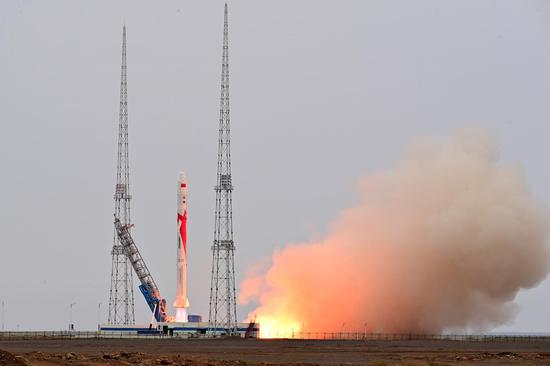






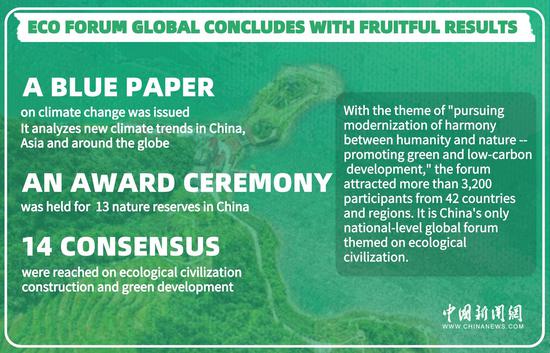






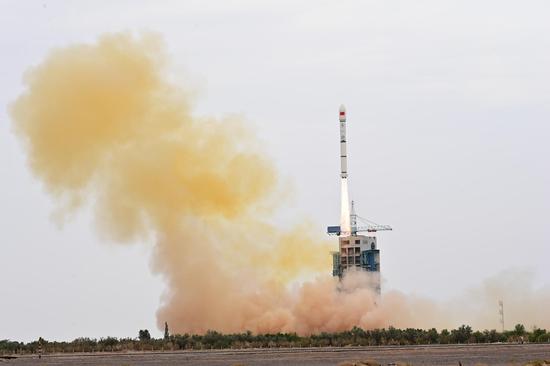
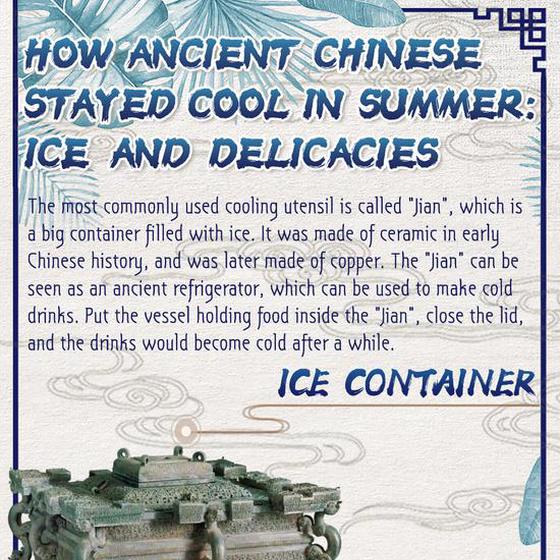

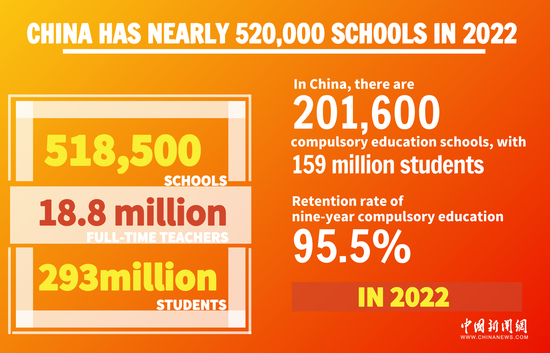

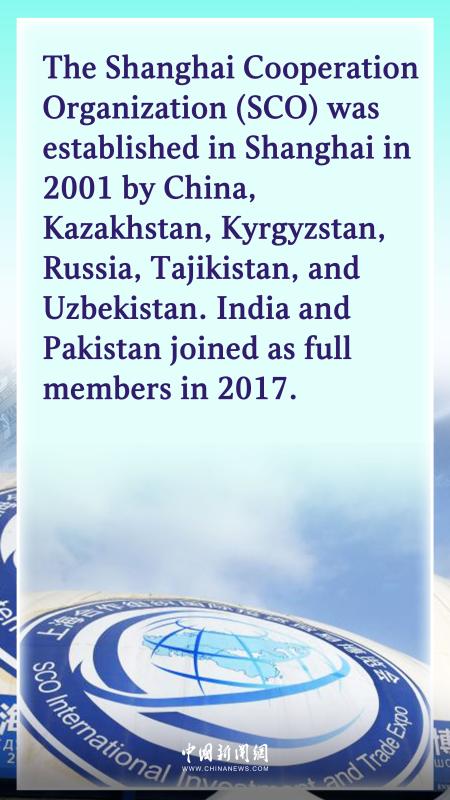


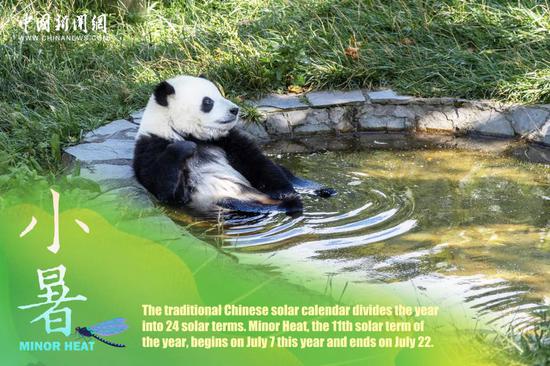

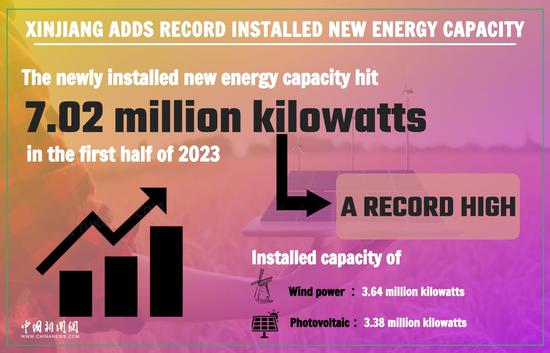






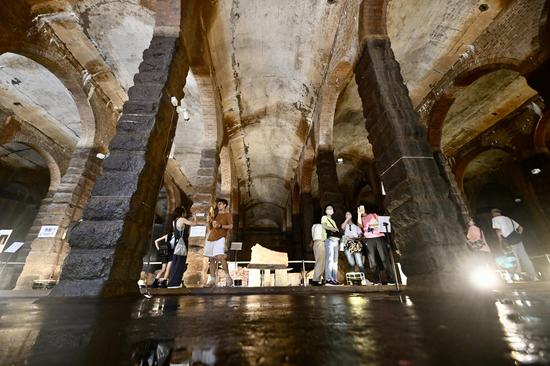




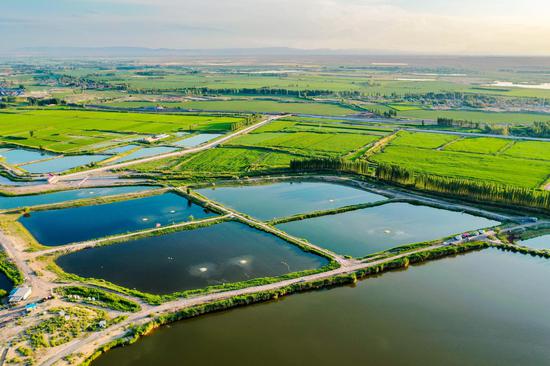





 京公网安备 11010202009201号
京公网安备 11010202009201号